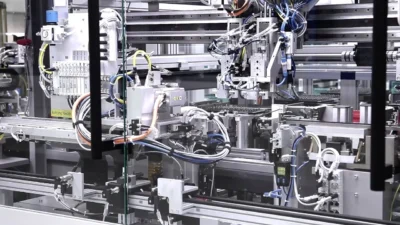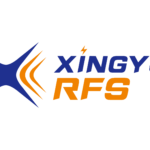
Extend the Life of Your System Components:
Routine maintenance is key to prolonging the lifespan of pneumatic system components, which can be expensive to replace in the event of failure. Following the manufacturer’s recommended maintenance schedule not only protects the system but often keeps warranties intact, adding an extra layer of security.
Essential Maintenance Tasks You Can’t Ignore
Due to the inherent reliability of pneumatic systems, it can be tempting to delay maintenance. However, neglecting routine upkeep can lead to costly downtime, repairs, and reduced performance. To keep your pneumatic-powered equipment in optimal condition, prioritize the following tasks:
- Find and Repair Leaks:
Left unchecked, leaks can cause pressure drops, increase system load, and waste compressed air, ultimately leading to higher operational costs. Most leaks are easy to detect as they can be heard or found using a soapy water solution, which bubbles when exposed to leaks. The most common leak points are seals, gaskets, fittings, and joints. Regularly inspect these areas, tighten any loose components, and use adhesive or replace damaged parts as needed to prevent further damage and ensure system efficiency. - Check FRL Operation (Filter, Regulator, Lubricator):
The FRL system is a critical part of pneumatic systems. It filters out contaminants like dust and dirt, maintains proper lubrication to prevent wear and tear, and ensures the system operates at the correct pressure. Regular inspections will confirm that the FRL is functioning properly, flagging potential issues before they lead to system failure. Additionally, the oil level in the lubricator should be checked regularly and refilled when necessary. - Inspect and Change Filters:
Airborne contaminants such as dust, dirt, and oil vapors can clog filters over time, causing pressure drops and forcing the system to work harder. To avoid this, regularly inspect filters and clean or replace them as needed to maintain system efficiency and prevent unnecessary strain on components. - Stick to a Cleaning Routine:
Cleaning is an important part of daily maintenance, as dirt and contaminants in the environment can settle on the equipment and work their way into the pneumatic system. Regularly wipe down the actuators, cylinders, and other external components with a soft cloth to prevent buildup. This is especially important in industries like food processing, pharmaceuticals, and electronics, where cleanliness is critical to product safety. - Maintain Control Valves:
Proper control valve performance is essential for both machine safety and efficiency. Conduct regular inspections for leakage through valve bodies, gaskets, or exhaust ports, and check the actuators controlled by the valves to ensure they are functioning correctly.
While these tasks should be performed routinely, additional maintenance activities recommended by the manufacturer should also be followed. A well-maintained pneumatic system will provide years of reliable performance, minimize downtime, and reduce repair costs. Staying on top of these tasks ensures your pneumatic machinery remains productive and efficient, safeguarding your operational success.



